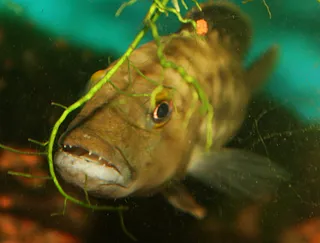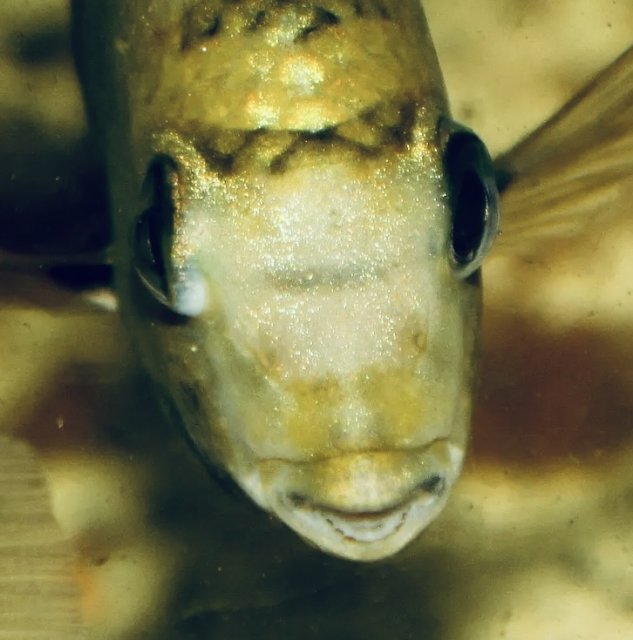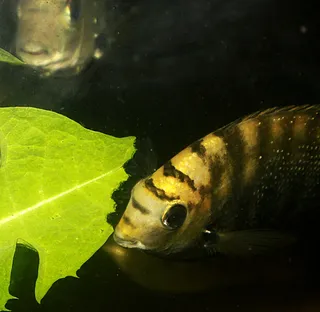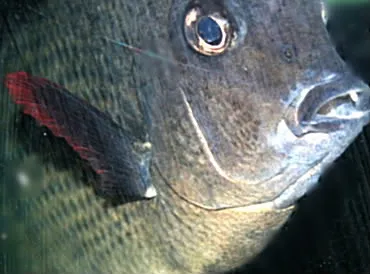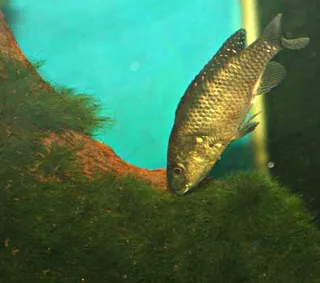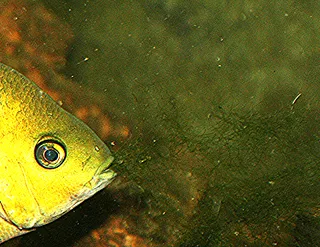Hmmm... surely our friend Ron has seen ingredient labels from competitors, no? I just looked at the sack of Ron's Big Boy I have and its ingredient list is depicted in the same highly unusual manner. Interesting.
I wonder what an analysis might set a hobbyist back?
View attachment 1507922
I wonder what an analysis might set a hobbyist back?
View attachment 1507922


